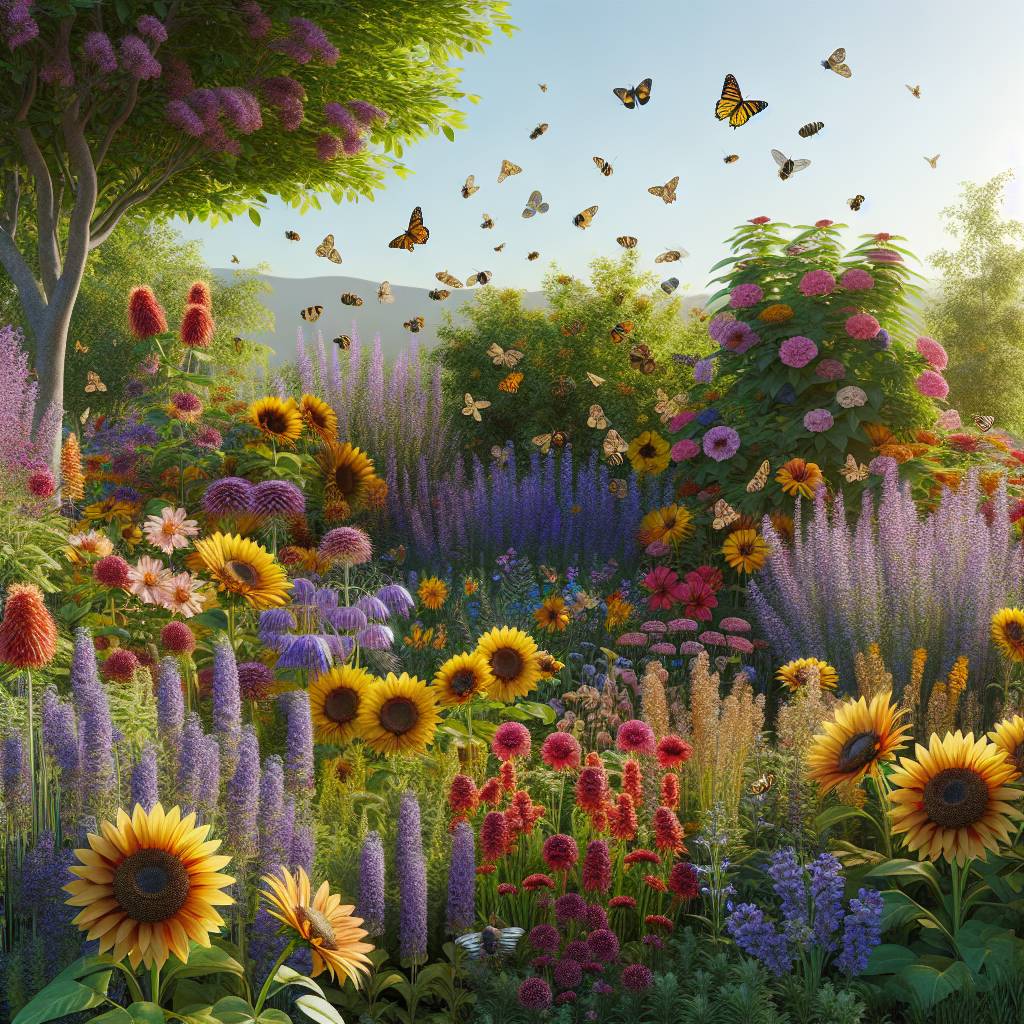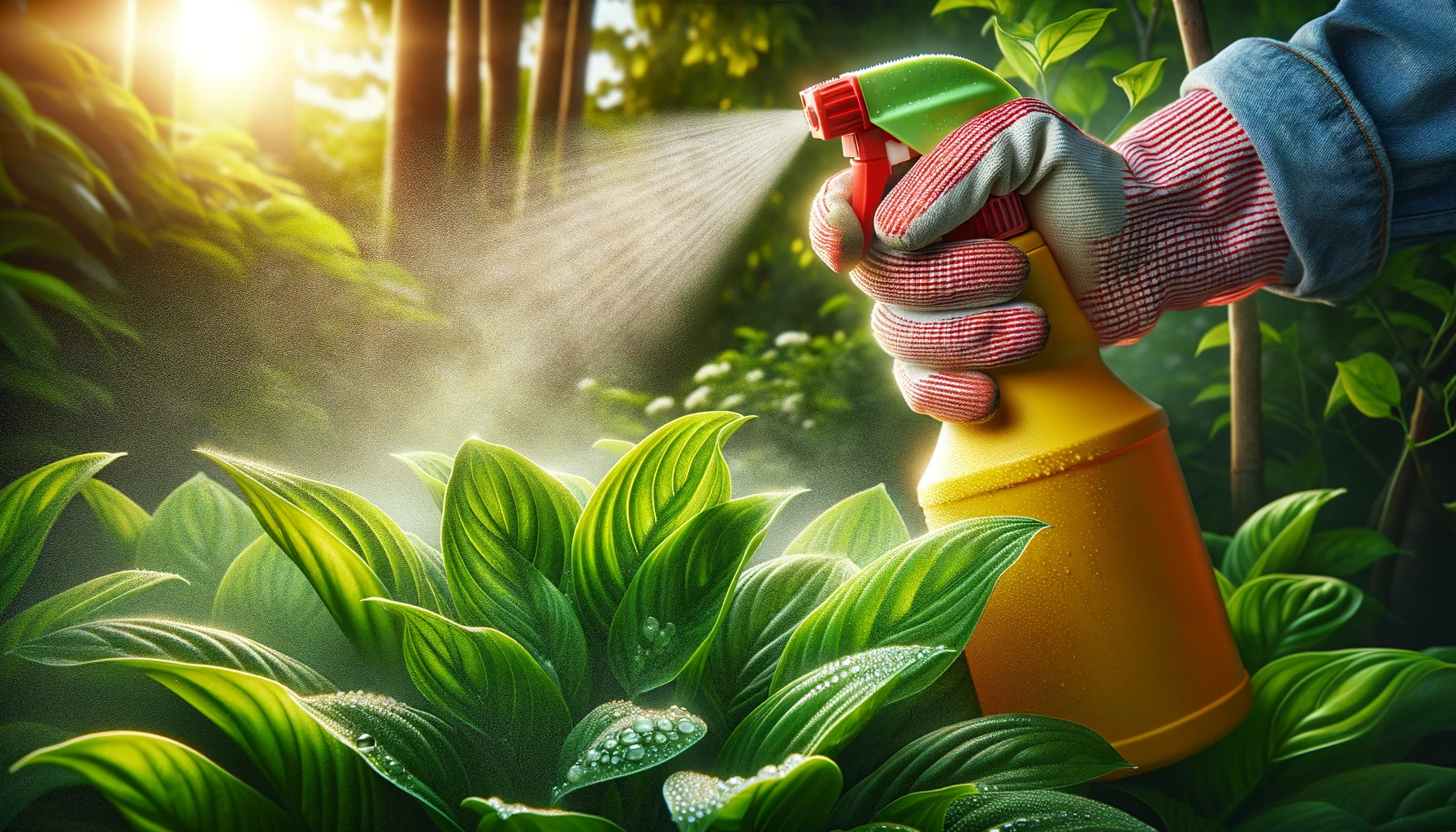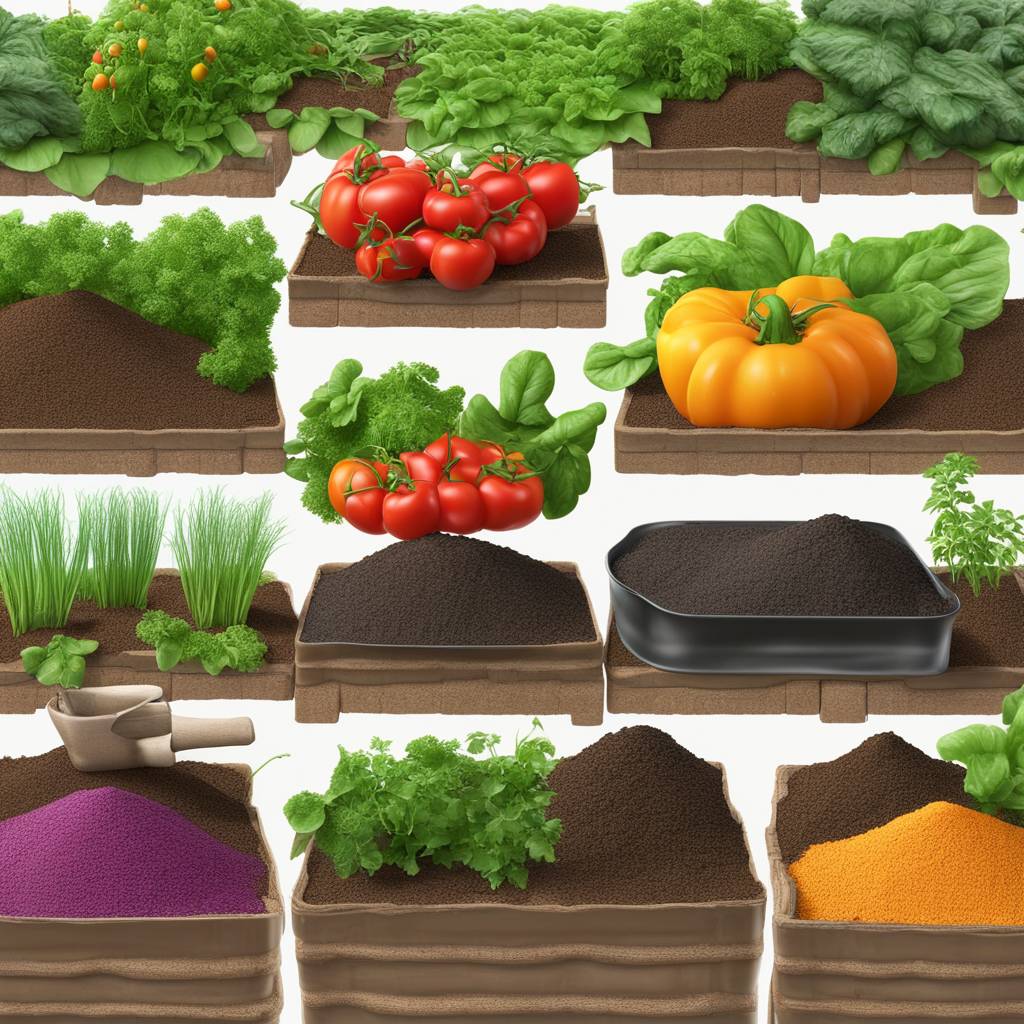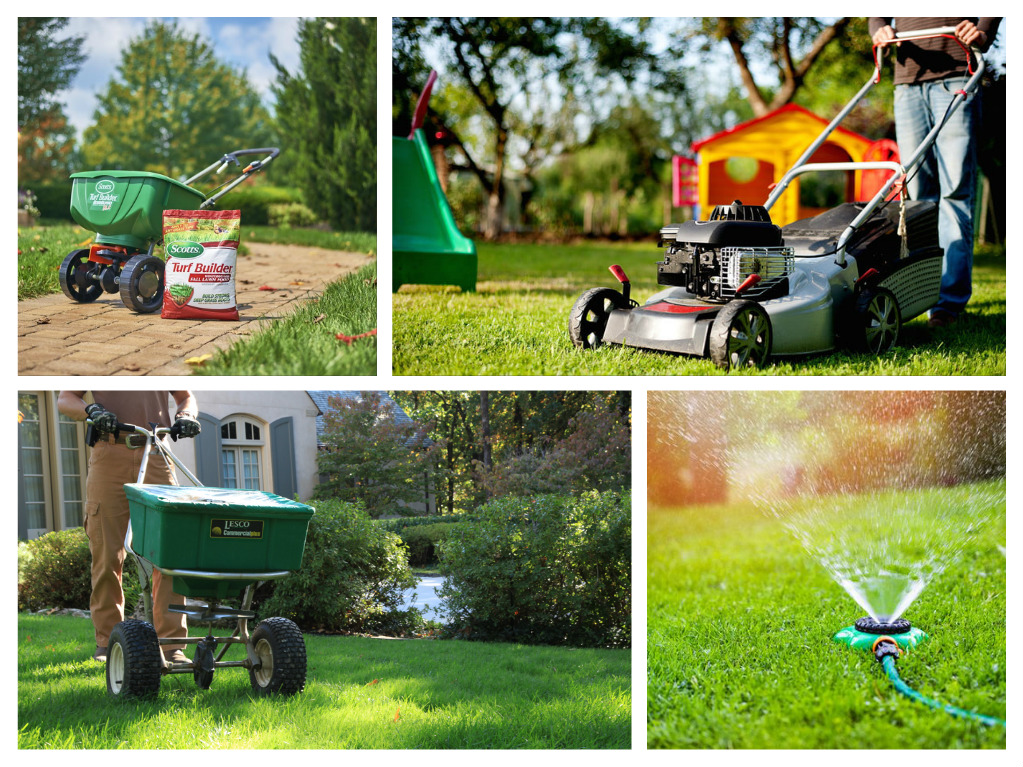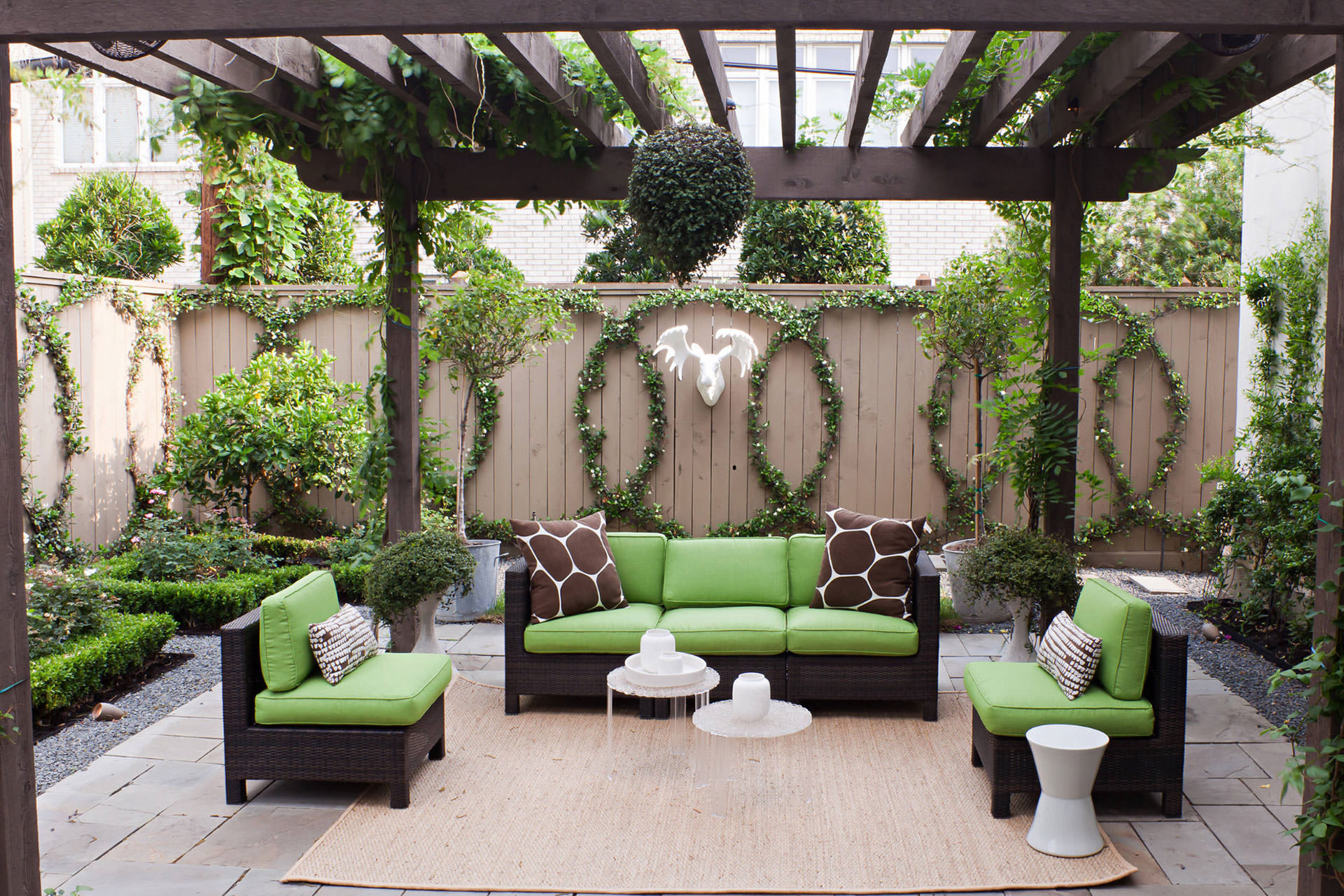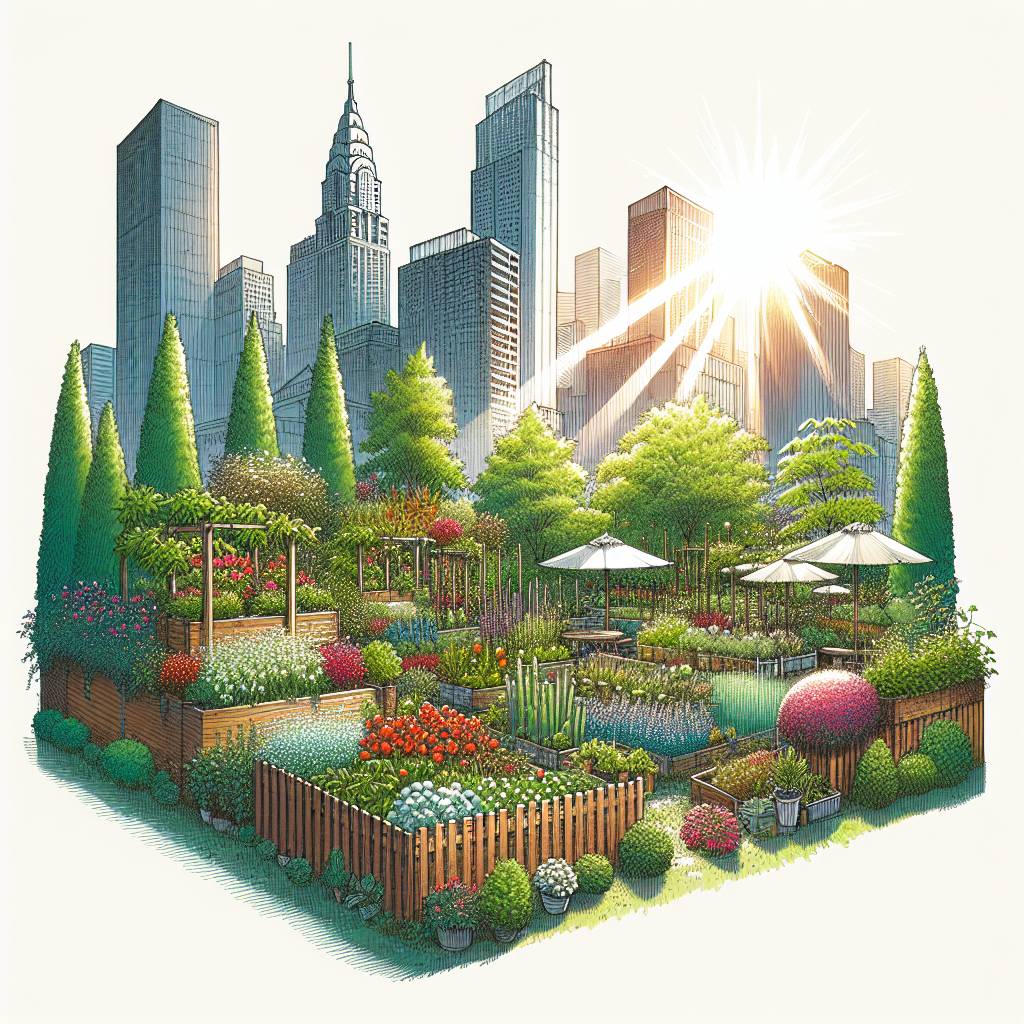Curious about turning your garden into a buzzing paradise? Dive into the world of attracting pollinators with the best flowers! Say goodbye to dull gardens and welcome vibrant blooms that beckon bees, butterflies, and hummingbirds. Not all flowers are created equal; some merely exist while others play host to a lively ecosystem. Discover which white flowers will transform your outdoor space from mundane to magnificent.
Ready to witness nature’s colorful ballet right in your backyard? Uncover the top floral picks that will make your garden a hotspot for pollinators seeking nectar-filled havens. Get ready to cultivate not just flowers but an entire symphony of life in your own green oasis with full sun and fertile soil.
Key Takeaways
- Plant Native Species: Choose native plants to attract a variety of pollinators like bees and butterflies, supporting local ecosystems.
- Diverse Flower Selection: Create a diverse garden with flowers that bloom at different times to provide a continuous food source for pollinators.
- Avoid Pesticides: Minimize pesticide use in your garden to protect pollinators from harmful chemicals and promote their health.
- Provide Water Sources: Include water features like birdbaths or shallow dishes with water for pollinators to drink and stay hydrated.
- Educate Others: Spread awareness about the importance of pollinators and how everyone can contribute to their conservation efforts.
- Observe and Learn: Regularly observe your garden to understand which plants attract the most pollinators, helping you make informed planting decisions.
Importance of Pollinators
Garden Biodiversity
A diverse garden is essential for attracting pollinators. Having a variety of plants in your garden attracts different pollinator species, promoting biodiversity. This diversity creates a healthy ecosystem where pollinators can thrive and contribute to the overall well-being of your garden.
By planting various perennial flowers like sunflowers, lavender, and coneflowers in your garden, you can attract bees, butterflies, and hummingbirds. These pollinators play a crucial role in transferring pollen from one plant to another, aiding in the reproduction process. The more diverse your garden is, the more likely you are to attract a wider range of pollinators.
Pollinator Health
Creating a pollinator-friendly environment is vital for maintaining the health of these creatures. By offering sources of food such as nectar-rich flowers and providing suitable habitats like bee hotels or butterfly houses, you can support their well-being. Maintaining pollinator health is crucial for ensuring the sustainability of our ecosystems by safeguarding their populations.
To enhance pollinator health further, avoid using pesticides in your garden as they can harm these important creatures. Opt for natural alternatives like neem oil or introducing beneficial insects that prey on pests without harming pollinators. Consider planting native flowering plants that are adapted to local conditions and provide ample resources for pollinators and birds throughout the seasons.
Enhanced Pollination
Attracting pollinators not only benefits them but also enhances the overall productivity of your garden through improved pollination processes. More efficient pollination by birds results in better fruit set and increased yields from vegetable crops grown in your garden space.
Understanding Pollination
Basics of Pollination
Pollination, crucial for plant reproduction, involves transferring pollen between male and female flower parts. Plants often depend on insects and animals to aid in this process. For instance, bees carry pollen from one flower to another as they collect nectar.
Flowers play a vital role in attracting pollinators by offering nectar and pollen as food sources. The bright colors of flowers act as visual cues that draw in pollinators like butterflies or hummingbirds. Different flower shapes cater to various types of pollinators; for example, tubular-shaped flowers are ideal for long-tongued insects like moths.
Role of Flowers
Certain plants have co-evolved with specific pollinators over time. For example, red tubular flowers are adapted to attract birds such as hummingbirds due to their color and shape. On the other hand, flat-topped clusters of small flowers can entice bees looking for easy access to pollen.
By planting a variety of flowers that bloom at different times throughout the year, you can ensure a continuous food source for pollinators. This diversity not only attracts more pollinators but also supports them during various seasons when resources may be scarce.
To enhance your garden’s appeal to pollinators, consider incorporating native plants into your landscape design. Native plants are well-suited to the local environment and have evolved alongside indigenous pollinator species, making them an excellent choice for attracting these beneficial insects and animals.
- Pros:
- Diverse range of flowers attracts various types of pollinators.
- Planting native species supports local ecosystems.
- Cons:
- Some exotic flowers may not provide adequate nutrition for native pollinator species.
Creating a Pollinator-Friendly Garden
Native Plants
Native plants are crucial for attracting pollinators to your garden. These plants have evolved alongside local pollinators, providing them with the nectar and pollen they need to thrive. By planting native species in your garden, you are essentially creating a welcoming environment for bees, butterflies, and other pollinators that are adapted to your region’s specific conditions.
When you choose native plants for your garden, you are supporting the delicate balance of nature. These plants require less upkeep since they have already adapted to the local climate and soil conditions. Native species are more resistant to pests and diseases compared to non-native varieties. This means less maintenance work for you while still ensuring a healthy ecosystem in your garden.
Nesting Sites
In addition to providing food sources through flowers, it’s essential to create nesting sites in your garden for pollinators like bees. Offering nesting habitats encourages these beneficial insects to stay and reproduce in your outdoor space. You can set up bee houses or leave patches of bare ground where solitary bees can burrow and lay their eggs.
Different types of bees have unique nesting requirements based on their biology and behavior. By incorporating various nesting options such as wood blocks with drilled holes or sandy areas for ground-nesting bees, you cater to a diverse range of bee species that visit your garden. Providing suitable nesting sites is just as important as planting flowers.
Maximizing Blooms
To ensure a continuous supply of nectar and pollen throughout the growing season, consider planting a mix of early blooming flowers like crocuses or snowdrops along with mid-season blooms such as lavender or coneflowers followed by late bloomers like asters or sedums. This variety ensures that there is always something in bloom from spring through fall.
Regularly deadheading spent blooms not only keeps your garden looking tidy but also encourages more flowers to grow by redirecting energy away from seed production back into flowering. Moreover, fertilizing your plants appropriately provides them with essential nutrients needed for robust growth and abundant blooms while consistent watering helps maintain optimal soil moisture levels critical for flower development.
Best Plants for Attracting Pollinators
Top 30 Plants
Choosing the right plants is crucial. Bees are drawn to vibrant colors such as purple, blue, and yellow flowers. Favorites among bees include tubular-shaped blooms like foxgloves and salvias. Flowers from the daisy family such as asters and sunflowers are a hit with these buzzing insects.
Butterflies, on the other hand, have their own preferences. They adore bright hues like red, orange, and pink blooms that catch their attention easily. Flowers with flat landing surfaces like zinnias and coneflowers provide ideal spots for butterflies to perch while sipping nectar. Butterflies also love sweet-scented flowers abundant in nectar.
Herbs and Flowers
In addition to traditional flowering plants, incorporating herbs into your garden can be a game-changer for attracting pollinators. Lavender and thyme not only enhance the beauty of your garden but also serve as magnets for bees and butterflies alike. Many flowering herbs offer rich sources of nectar that these beneficial insects seek out eagerly.
Combining both herbs and colorful flowers creates an enticing environment for pollinators while adding variety to your garden landscape. Imagine a scene where fragrant lavender mingles with vibrant zinnias or where delicate thyme blossoms complement bold sunflowers – a visual feast that beckons bees and butterflies alike.
Native Plants for Pollinators
Importance of Native
Native plants are crucial for attracting pollinator plants as they have evolved alongside local pollinators, offering unique benefits that non-native plants lack. By supporting native plant species, you help maintain biodiversity in your area. When you choose native flowers, you provide a familiar and essential food source for local pollinators. This results in healthier ecosystems and more sustainable habitats.
Including native wildflowers like milkweed and goldenrod in your garden can significantly increase the presence of pollinators. These flowers are not only visually appealing but also serve as vital resources for bees, butterflies, and other insects. Black-eyed Susans and butterfly weed are among the most popular choices.
Popular Native Flowers
Milkweed is a top choice for attracting monarch butterflies due to its exclusive relationship with these beautiful insects during their lifecycle. Goldenrod is another favorite among many gardeners as it attracts a wide range of pollinators such as bees and butterflies while adding bright yellow hues to your garden landscape. Black-eyed Susans bring pops of color while providing nectar-rich blooms that attract bees, butterflies, and even birds looking for insects.
Flowers That Attract Bees and Butterflies
Bee-Friendly Flowers
Planting bee-friendly flowers like borage and bee balm in your garden is a great way to attract bees. These flowers provide abundant food sources for bees, helping them thrive. Choosing flowers with open shapes such as daisies and marigolds can make it easier for bees to access nectar, encouraging more visits from these essential pollinators.
Avoiding the use of pesticides in your garden is crucial for creating a safe environment for bees and other pollinators. Pesticides can be harmful to these beneficial insects, so opting for natural pest control methods or planting pesticide-free gardens can help protect the bee population while still enjoying beautiful blooms.
Butterfly-Friendly Flowers
Butterflies are drawn to flowers like lantana and verbena because of their vibrant colors that catch their attention. Planting these colorful flowers can entice butterflies to visit your garden frequently. Moreover, selecting flowers with clustered blooms such as phlox and asters provides ideal landing platforms for butterflies when they come to feed on nectar.
Creating a sunny spot in your garden filled with a variety of nectar-rich flowers will not only brighten up your outdoor space but also attract an array of butterfly species. By offering different flower shapes, sizes, colors, and scents, you can cater to various butterfly preferences and increase the chances of seeing these graceful creatures fluttering around your yard.
Herbs That Attract Pollinators
Culinary Herbs
Growing culinary herbs in your garden, such as basil and oregano, not only enhances the flavors of your dishes but also entices pollinators. These herbs produce stunning flowers that bees and butterflies find irresistible. By incorporating culinary herbs into your garden layout, you create a space that is both edible for you and attractive to pollinators.
The vibrant blooms of culinary herbs like basil and oregano serve as a beacon for bees and butterflies, drawing them to your garden. Imagine the sight of colorful butterflies fluttering around fragrant basil plants or busy bees collecting nectar from delicate oregano flowers. By planting these herbs, you invite nature’s pollinators into your outdoor sanctuary.
Medicinal Herbs
In addition to their healing properties for humans, medicinal herbs like echinacea and chamomile play a crucial role in supporting pollinator populations. The abundant nectar provided by the flowers of medicinal herbs serves as a vital food source for bees and butterflies. Cultivating a medicinal herb garden not only benefits human health but also contributes to the well-being of essential pollinators.
Picture a serene corner of your garden filled with medicinal herbs, attracting buzzing bees seeking nourishment from echinacea blossoms or graceful butterflies sipping on chamomile nectar. As you tend to these plants known for their therapeutic qualities, you are inadvertently fostering a habitat that sustains precious pollinator species.
Key Plants to Support Pollinators
Supporting Animal Pollinators
Planting flowers that attract pollinators is crucial for supporting animal pollinators in your garden. Providing water sources such as birdbaths or shallow dishes can help sustain these essential creatures. Leaving fallen leaves or creating brush piles offers shelter for beneficial insects like bees and butterflies.
Excessive use of artificial lighting at night can disrupt nocturnal pollinators, affecting their natural behaviors. To prevent this disruption, it’s important to avoid excessive artificial lighting in your garden during the nighttime hours. By doing so, you create a more welcoming environment for all types of pollinators.
- Providing water sources like birdbaths
- Leaving fallen leaves or creating brush piles
- Avoiding excessive use of artificial lighting at night
Enhancing Vegetable Gardens
When aiming to enhance vegetable gardens and increase vegetable pollination rates, consider planting companion flowers alongside your veggies. Flowers like marigolds not only add beauty but also attract pollinators that aid in vegetable pollination. Including flowering herbs near vegetable beds further increases the presence of beneficial insects that contribute to successful plant growth.
Encouraging biodiversity within your vegetable garden plays a significant role in promoting natural pest control by attracting predator insects that feed on harmful pests naturally present in the ecosystem. This approach reduces reliance on chemical pesticides and fosters a more balanced and sustainable gardening environment.
- Planting companion flowers like marigolds
- Including flowering herbs near vegetable beds
Promoting Pollinator Health
Safe Gardening Practices
Using organic fertilizers and compost instead of synthetic chemicals is crucial for attracting pollinators to your garden. These natural alternatives create a safe environment by avoiding harmful substances that can deter or harm beneficial insects. Mulching around plants not only conserves moisture but also suppresses weeds, providing a habitat for ground-nesting bees to thrive in your garden’s ecosystem.
Regularly inspecting plants for pests is an essential practice to maintain the health of both your garden and visiting pollinators. Early intervention without resorting to harmful pesticides ensures that these helpful insects are not harmed during pest management activities. By adopting these practices, you can cultivate a harmonious environment where pollinators feel welcomed and supported.
- Using organic fertilizers and compost
- Mulching around plants
- Regularly inspecting plants for pests
Avoiding Pesticides
Minimizing or eliminating pesticide use in your gardening routine plays a significant role in protecting pollinators from exposure to harmful chemicals. Instead of relying on pesticides, consider implementing natural pest control methods such as introducing beneficial insects like ladybugs into your garden space. These friendly bugs help maintain a balanced ecosystem by preying on harmful pests while leaving the pollinators unharmed.
Encouraging natural predators like lacewings further reduces the need for chemical interventions, ensuring that your garden remains free from toxic substances that could harm visiting pollinators. By creating an environment where beneficial insects thrive, you promote biodiversity while safeguarding the well-being of essential pollinators.
Closing Thoughts
You’ve learned about the vital role pollinators play in our ecosystem and how you can create a haven for them in your garden. By understanding the importance of native plants, attracting bees and butterflies with specific flowers, and promoting pollinator health, you’re not just gardening; you’re supporting a delicate balance in nature.
Now it’s time to get your hands dirty and put this knowledge into action. Plant those bee-friendly flowers, nurture those herbs that attract pollinators, and watch your garden buzz with life. Your small plot of land can make a big difference in the world of pollinators. So go ahead, be their hero, and let your garden bloom with vitality!
Frequently Asked Questions
What is the significance of attracting pollinators to your garden?
Pollinators play a crucial role in plant reproduction by transferring pollen between flowers. By attracting pollinators like bees and butterflies to your garden, you can enhance biodiversity, increase fruit production, and support ecosystem health.
How can I create a pollinator-friendly garden?
To create a pollinator-friendly garden, plant a variety of native flowers that provide nectar and pollen for different types of pollinators. Avoid using pesticides, provide water sources, and include plants with various bloom times to support pollinators throughout the seasons.
Which are some best plants for attracting pollinators to my garden?
Plants such as lavender, coneflowers, bee balm, sunflowers, and salvia are excellent choices for attracting bees, butterflies, and other beneficial insects. These plants offer abundant nectar and pollen resources that attract and nourish diverse pollinator species.
Why should I consider planting native plants to attract pollinators?
Native plants have co-evolved with local wildlife over time and are well-suited to the region’s climate conditions. By planting native species in your garden, you provide essential food sources for local pollinators while supporting the overall ecological balance of your area.
How can herbs contribute to attracting more pollinators to my garden?
Herbs like basil, mint, oregano, sage not only add flavor to your dishes but also produce fragrant flowers that attract bees and butterflies. Including these herbs in your garden provides additional food sources for beneficial insects while adding beauty and diversity.
